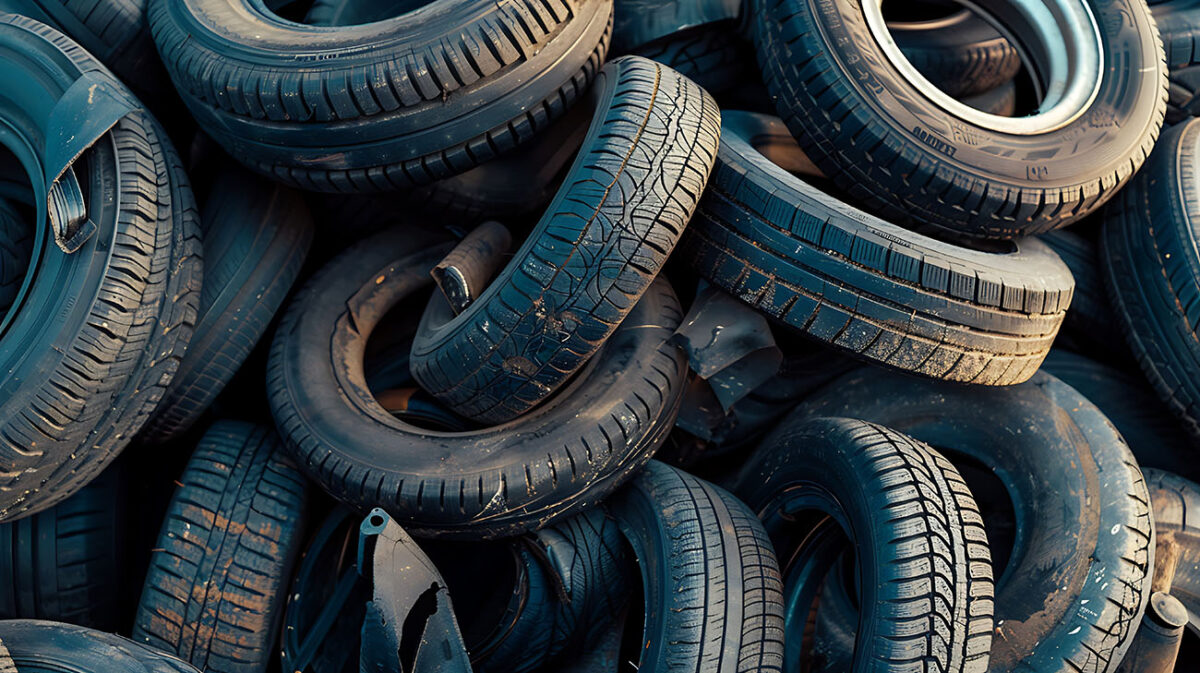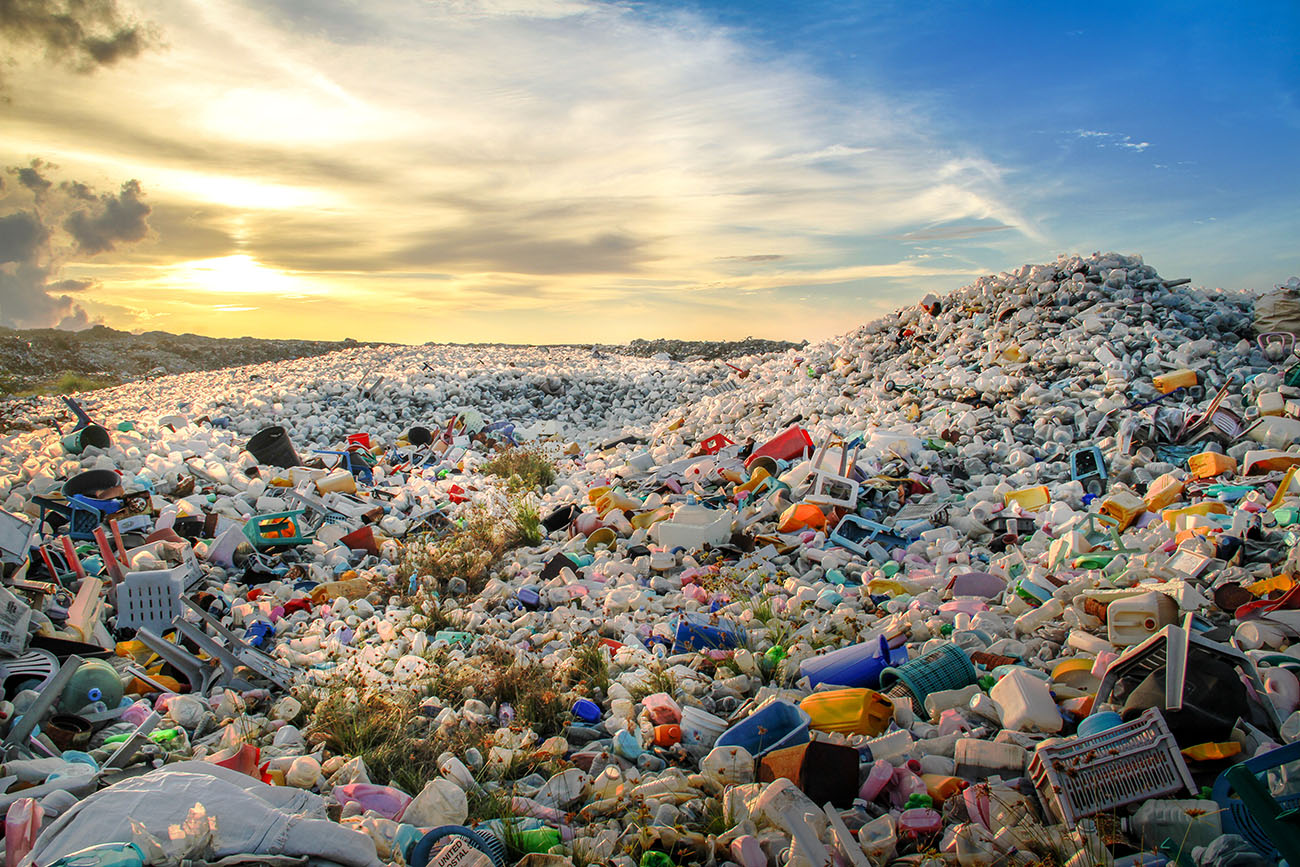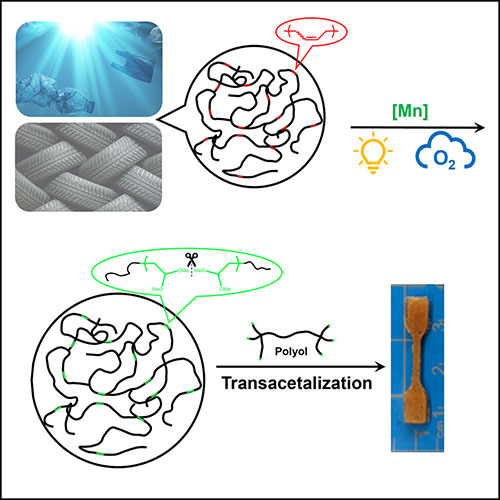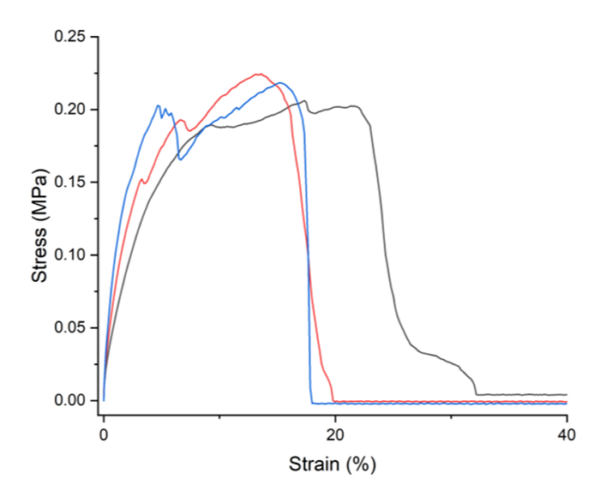How to Break Down Polymers Using Light and Oxygen

Researchers discovered how to break down polymers effectively, without using high temperatures or pressures.
The researchers from The University of Akron used only ultraviolet light, oxygen, and a manganese-based catalyst, with no high temperatures or pressures involved. Specifically, they demonstrated how to break down polymers by converting unsaturated polybutadiene (PB), polydicyclopentadiene (PDCPD), and dehydrogenated high-density polyethylene (DH-HDPE) into functional products.
You can also read: New Recycling Technology Creates Plastics Soap
Plastics’ Stability Makes Them Difficult to Break Down
Plastics are a relatively recent innovation of humankind, but their mass production results in huge amounts of waste. Of course, they are used because of their stability and durability, but these properties also make them difficult to break down and recycle. For instance, as of 2017, manufacturers produced an estimated 8.3 billion metric tons of polymers. However, humans have only recycled 600 million metric tons of that. Given that, increasing the recycling of plastic waste is paramount to solving our daunting plastic pollution problem.

Plastic bottles at a landfill. Many of the items shown here are made from HDPE, which can be recycled using a new process.
Recyclers Know How to Break Down Polymers Through Oxidation

Graphical abstract from the study, showing light, oxygen, and manganese being used to break down polymers into acetal and producing new polymer products. Courtesy of The University of Akron.
Polymers are broken down naturally due to environmental oxidation, but that process is too slow for effective recycling. As a result, recyclers use quicker methods, such as oxidative cleaving, to break down polymers for recycling or upcycling. However, they are currently too costly, not environmentally friendly, and difficult to scale up for more widespread use.
The researchers focused on unsaturated polymers, which contain carbon atoms bonded to fewer than four other atoms. In this instance, the carbon atoms form carbon-carbon double bonds, or triple bonds depending on the other atoms present.
Using a Catalyst Made from an Abundant Metal
Manganese is one of the most abundant metals on Earth, and the researchers used its manganese triflate form, Mn(dtbpy)2(OTf)2, as a catalyst in this procedure. In order to do this, they combined it with methanol and dichloromethane, and they mixed in powder polymer samples to test for degradation rates. While they experimented with various conditions, the best outcomes for this study were at room temperature and 1 atm O2, using a 365 nm photoreactor.
High Conversion Rates for Breaking Down Polymers
The researchers achieved higher than 70% conversion for PB, a linear polymer. Meanwhile, they converted harder-to-degrade crosslinked polymers PDCPD and DH-HDPE at 33% and 36% rates, respectively. In fact, their results showed functional conversion to acetal, aldehyde, ester, and epoxide, with acetal as the primary component. Importantly, acetal is extremely useful for polymer production, proving the recyclability of the original polymers with this method.

Stress-strain curve of resulting polymer tensile specimens made by recycling polymers using ultraviolet light, oxygen, and manganese-based catalyst. Courtesy of The University of Akron.
Without high temperatures or pressures, and with a more environmentally friendly method, recycling polymers is now easier than ever. Consequently, the researchers just showed how to break down polymers for a more sustainable polymer industry.
Read the full academic article here: Deconstruction of unsaturated polymers through photo-mediated oxidation under O2 | Cell Reports Physical Science
